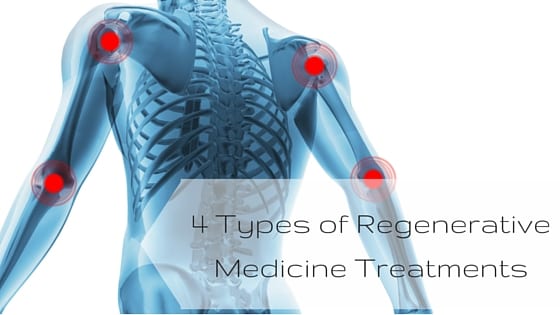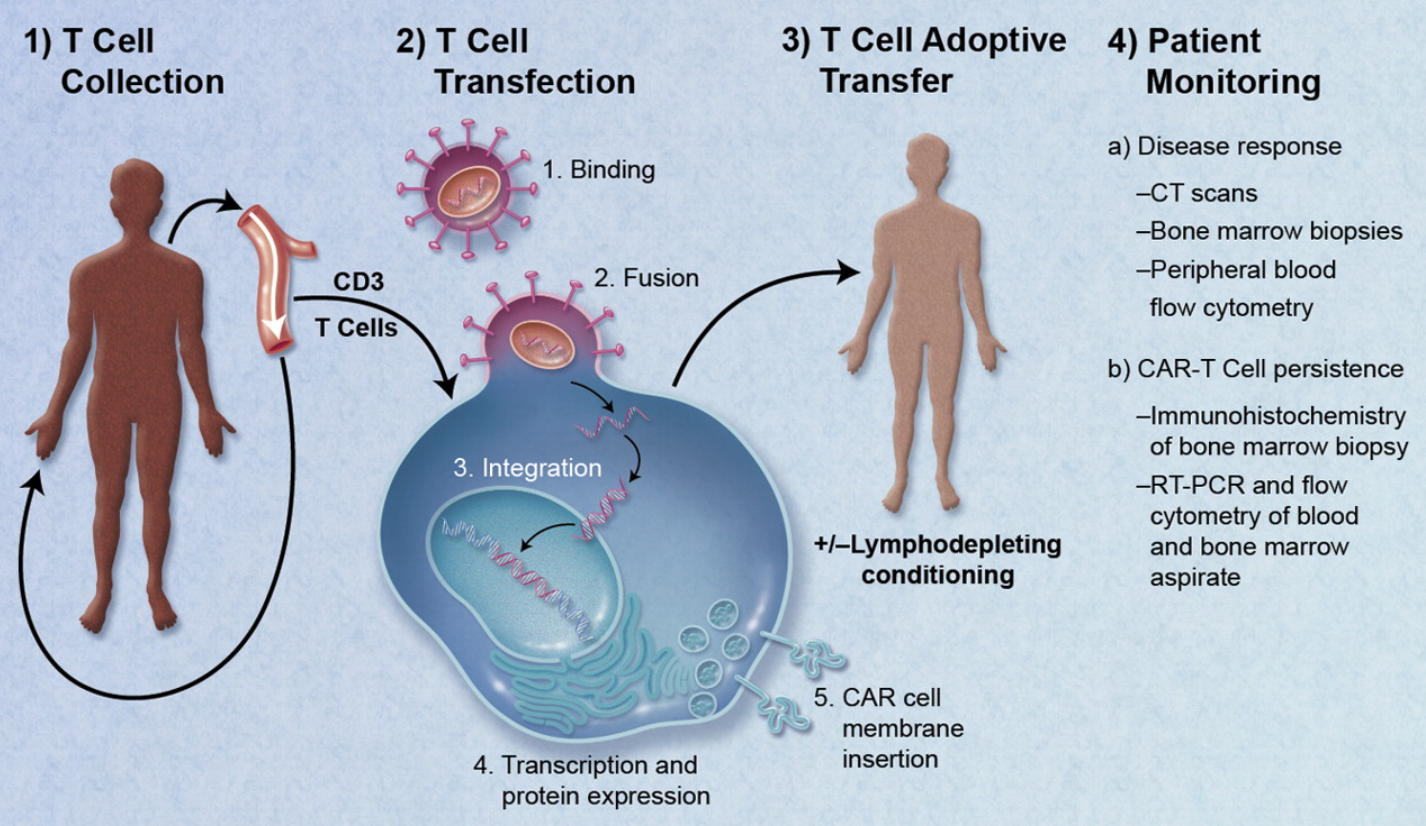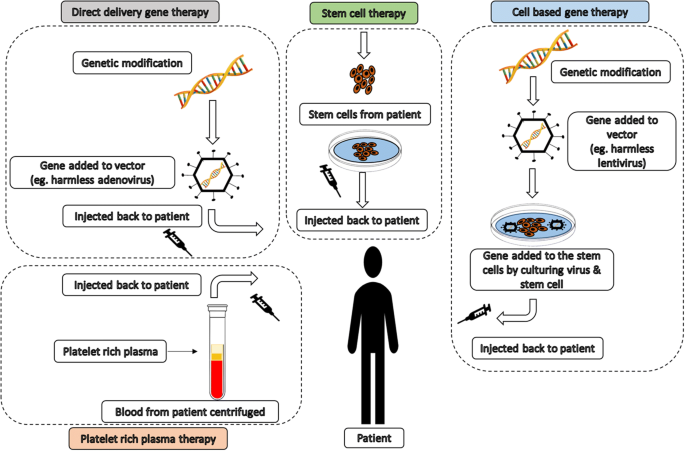Table of Contents
[/image][=video]
[/video]
The majority of sites made use of for bone marrow harvesting lie in the hip bones and the breast bone. The treatment happens in the operating area. The donor will be anesthetized throughout the harvest and will certainly not really feel the needle. In recovery, the benefactor might experience some pain in the areas where the needle was placed.

If an autologous transplant is intended, previously gathered stem cells, from either outer (apheresis) or harvest, are counted, evaluated, and all set to instill. The preparations for a bone marrow transplant differ relying on the type of transplant, the illness requiring transplant, and your tolerance for certain medicines. Consider the following: Frequently, high doses of chemotherapy and/or radiation are included in the preparations.
This treatment is commonly called ablative, or myeloablative, due to the effect on the bone marrow. The bone marrow produces a lot of the blood cells in our body. Ablative treatment avoids this procedure of cell manufacturing and the marrow becomes vacant. A vacant marrow is needed to make room for the brand-new stem cells to expand and establish a new members cell manufacturing system.
It is not a procedure to position the marrow right into the bone, yet is similar to getting a blood transfusion. The stem cells locate their means into the bone marrow and begin replicating and expanding new, healthy blood cells. After the transplant, encouraging treatment is offered to prevent and deal with infections, negative effects of treatments, and problems.
Hormone Therapy
The days before transplant are counted as minus days. The day of transplant is considered day zero. Engraftment and recovery following the transplant are counted as plus days.
The days are phoned number to help the person and family members comprehend where they remain in terms of dangers and discharge preparation. During mixture of bone marrow, the patient may experience the following: Pain Chills Fever Hives Upper body pain After infusion, the patient may: Spend several weeks in the hospital Be very susceptible to infection Experience excessive blood loss Required blood transfusions Be restricted to a tidy environment Take numerous prescription antibiotics and various other medicines Be provided medication to stop graft-versus-host diseaseif the transplant was allogeneic.
Depending upon the type of transplant and the illness being treated, engraftment usually happens around day +15 or +30. Blood matters will be inspected commonly throughout the days adhering to transplant to assess initiation and development of engraftment. Platelets are normally the last blood cell to recover. Engraftment can be delayed due to infection, medicines, reduced contributed stem cell count, or graft failing.
Bacterial infections are one of the most common. Viral and fungal infections can be life-threatening. Any kind of infection can cause a prolonged healthcare facility keep, protect against or postpone engraftment, and/or cause long-term body organ damages. Anti-biotics, antifungal medicines, and antiviral medicines are often offered to try to prevent major infection in the immunosuppressed patient. Thrombocytopenia (low platelets) and anemia (low red cell), as an outcome of a nonfunctioning bone marrow, can be hazardous and even dangerous.
Fluid overload is a problem that can lead to pneumonia, liver damages, and high blood stress. The major reason for fluid overload is due to the fact that the kidneys can not keep up with the big amount of fluid being provided in the type of intravenous (IV) medicines, nourishment, and blood items.
Perimenopause Treatment in Sterling Heights, Michigan

Respiratory condition is an essential feature that may be endangered during transplant. Infection, swelling of the airway, fluid overload, graft-versus-host illness, and blood loss are all prospective lethal issues that might occur in the lungs and lung system. The liver and heart are necessary organs that may be damaged during the transplant procedure.
Failing of the graft (transplant) taking hold in the marrow is a prospective issue. Graft failure may occur as an outcome of infection, persistent illness, or if the stem cell count of the contributed marrow wanted to trigger engraftment. Graft-versus-host condition (GVHD) can be a severe and dangerous difficulty of a bone marrow transplant.
Instead of an organ transplant where the person's immune system will attempt to reject only the hair transplanted organ, in GVHD the brand-new or hair transplanted immune system can assault the whole patient and all of his or her body organs. This is since the new cells do not recognize the cells and organs of the recipient's body as self.

One of the most typical sites for GVHD are GI tract, liver, skin, and lungs. Diagnosis greatly depends upon the following: Sort of transplant Type and level of the condition being treated Disease feedback to treatment Genes Your age and general wellness Your tolerance of particular medications, procedures, or treatments Intensity of issues Just like any procedure, in bone marrow transplant the prognosis and lasting survival can vary significantly from one person to another.
Hormone Therapy in Sterling Heights
Constant follow-up treatment is important for the client adhering to a bone marrow transplant. New techniques to improve therapy and to decrease complications and side results of a bone marrow transplant are continually being uncovered.
Regenerative medicine treatments can be separated right into 3 groups: promote healing by injecting or placing live cells right into the patient. Instances of cellular treatment consist of PRP and stem cell treatments, which can be used to treat tendinopathy and other sports injuries.
Peripheral nerves, for instance, consist of Schwann cells, nerve fibroblasts, and immune cells, each playing a function in nerve regrowth, as gone over here. Stem cell therapy is one of the most thoroughly looked into and promising branches of cell regrowth treatment. Some cells, such as epithelial cells in the skin or the lining of the intestinal system, have a high turnover rate and can regenerate restoreSwiftly
Navigation
Latest Posts
Perimenopause Treatment
Medical Group
Stem Cell Therapy